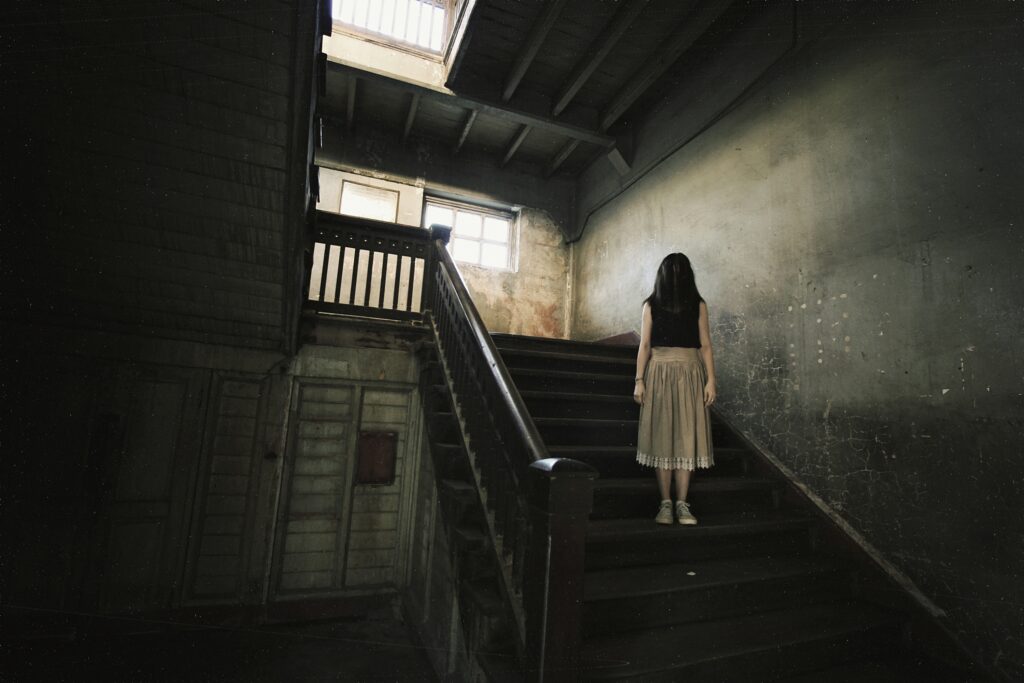TOMS RIVER, N.J. — Municipalities across New Jersey are being instructed to consider building affordable housing in unexpected locations — including cemeteries, playgrounds, swamps, and even highway medians — as the state pushes to meet its upcoming 2025–2035 housing obligations.
The mandates come under the Mount Laurel Doctrine, a long-standing legal requirement that municipalities provide their fair share of affordable housing.
While the doctrine has led to the construction of more than 75,000 units since the 1970s, some town officials say the latest round of quotas includes proposals that are both unworkable and, in some cases, offensive.
In Toms River, officials were directed to find room for 670 new units a few years go.
Local leaders say the state’s development maps identified spaces like cemeteries and school playgrounds — areas the township and most normal people consider off-limits, as haunted Poltergeist-like communities.
Sites identified in the township’s response to the state include wetlands, highway medians, and recreational fields.
Officials argued these locations are either environmentally protected, physically dangerous, or integral to community life.
Toms River isn’t alone. Dozens of other towns are facing similar challenges, with some joining federal lawsuits or seeking alternative ways to fulfill their obligations without disturbing essential community spaces.
Key points
- New Jersey towns are being asked to build affordable housing in places like cemeteries, swamps, and highway medians.
- Toms River has filed a lawsuit arguing the state’s housing site designations are impractical and flawed.
- Other towns, including Lacey and Montville, are exploring alternatives or joining legal action against the mandates.
Other towns push back on extreme proposals
In Lacey Township, local officials have taken a different route, repurposing a former nursing home site near a major highway. Though not without its own challenges — including traffic noise and limited transit access — the plan avoids using parks or protected land. The project’s third phase is currently underway, adding nearly 200 units.
Montville Township and over two dozen other municipalities have joined a federal lawsuit filed in April. They allege the state’s process ignores real-world limitations and relies on broad, inflexible data sets. While not every town faces suggestions as extreme as cemeteries or train tracks, the coalition claims the mandates force towns into considering sites that cannot reasonably be developed.
Some towns have looked abroad for insight.
A news report from Sydney, Australia earlier this year described similar pressures to develop housing on land once considered off-limits, such as cemeteries and defunct racetracks. Though the context differs, the international example suggests that bizarre government housing proposals are not unique to New Jersey.

Local officials say the core issue lies in the lack of developable land.
As one of the most densely populated states in the country, New Jersey faces high demand and limited space — especially in suburban areas with environmental protections or existing infrastructure constraints.
The state’s current system for identifying suitable land has been criticized for failing to account for these nuances, often resulting in the inclusion of sites that are legally protected, culturally significant, or physically unsafe for development.

It’s almost as if many of the reports we’ve looked at were created with a really bad, early AI system.
Ethical, environmental and logistical concerns grow
Community groups and environmental advocates have expressed concern about the state’s approach. Wetlands, protected under both state and federal law, have been flagged as development candidates in multiple municipalities, despite being critical ecosystems.
Similarly, highway medians and areas near train tracks raise safety and health concerns, not to mention pure stupidity from state planners.
Using cemeteries for residential development also introduces ethical complications, not to mention haunting an entire neighborhood.
Residents and religious organizations have opposed the idea, arguing that burial grounds are sacred and should remain undisturbed. In some towns, public outcry has led to emergency council meetings and legal reviews of the state’s land assessment tools.
Efforts to find alternatives are underway in several communities. These include converting commercial properties, developing near transit hubs, and negotiating smaller quotas with housing advocacy groups. Some municipalities are also increasing public engagement in hopes of balancing housing needs with local input.
As housing demand continues to rise, towns are under mounting pressure to comply with state mandates or risk court intervention. Officials in several communities say they’re willing to build — but not at the cost of sacred land or public safety.
New Jersey’s latest affordable housing round pushes towns to weigh homes against heritage, safety, and space.
